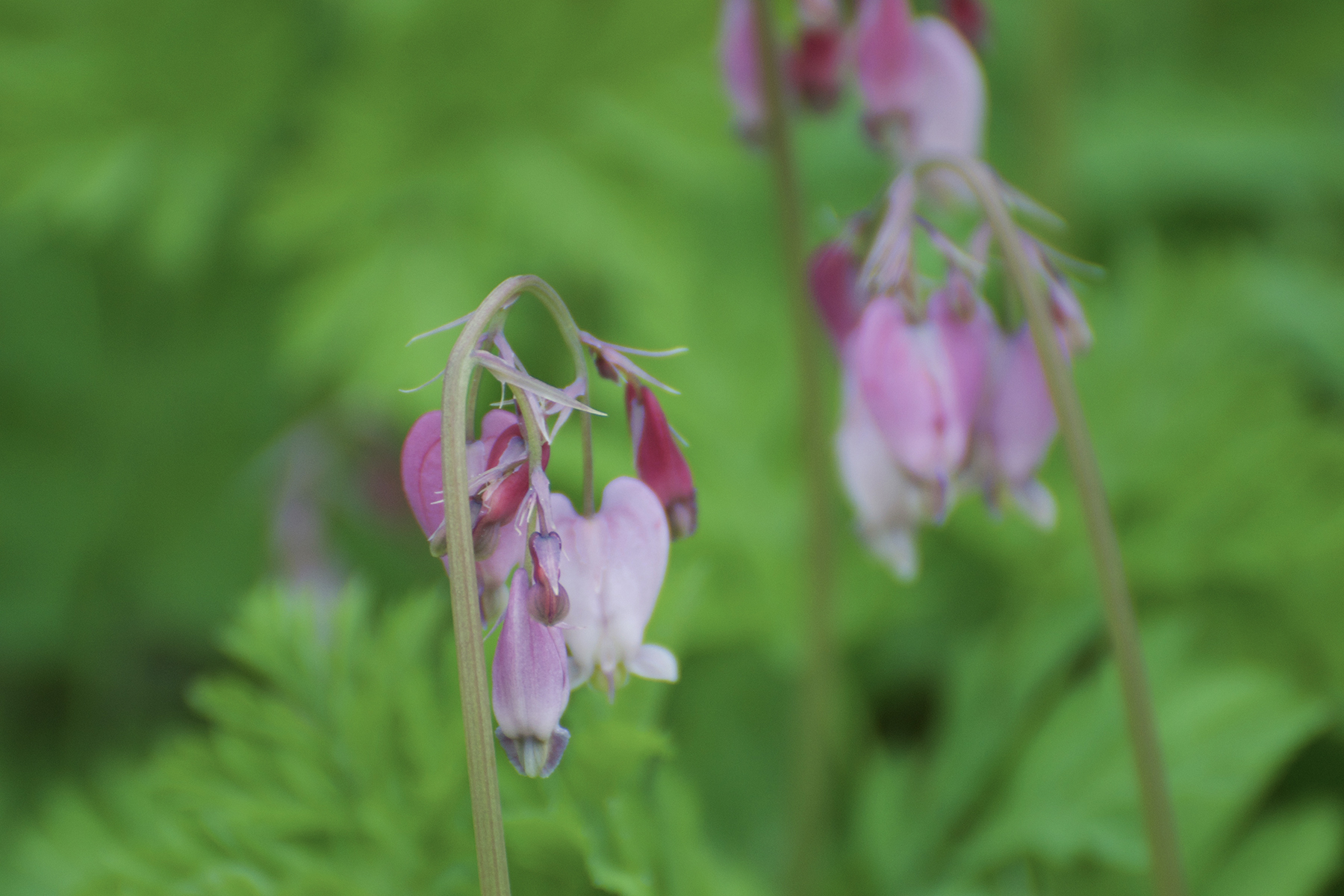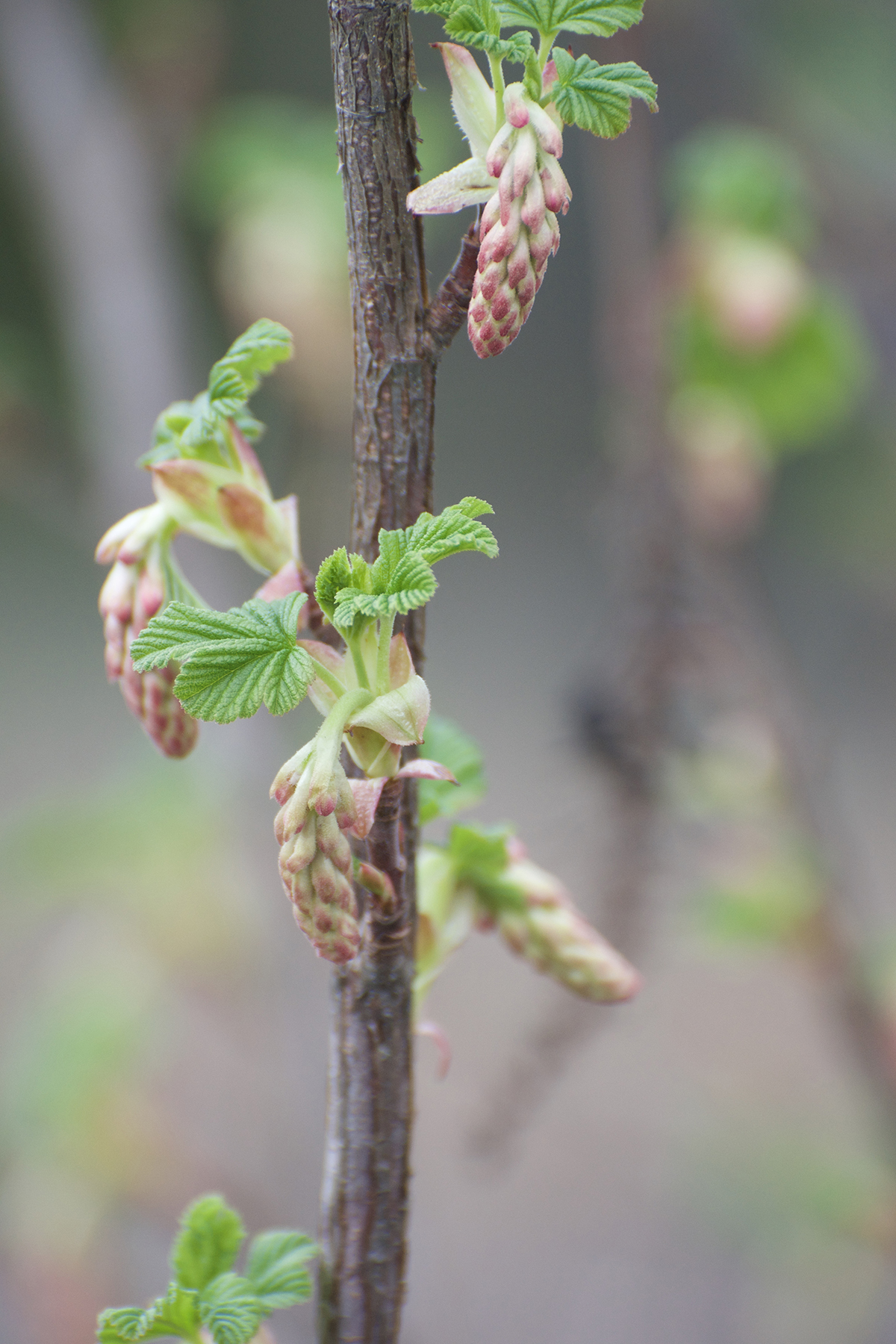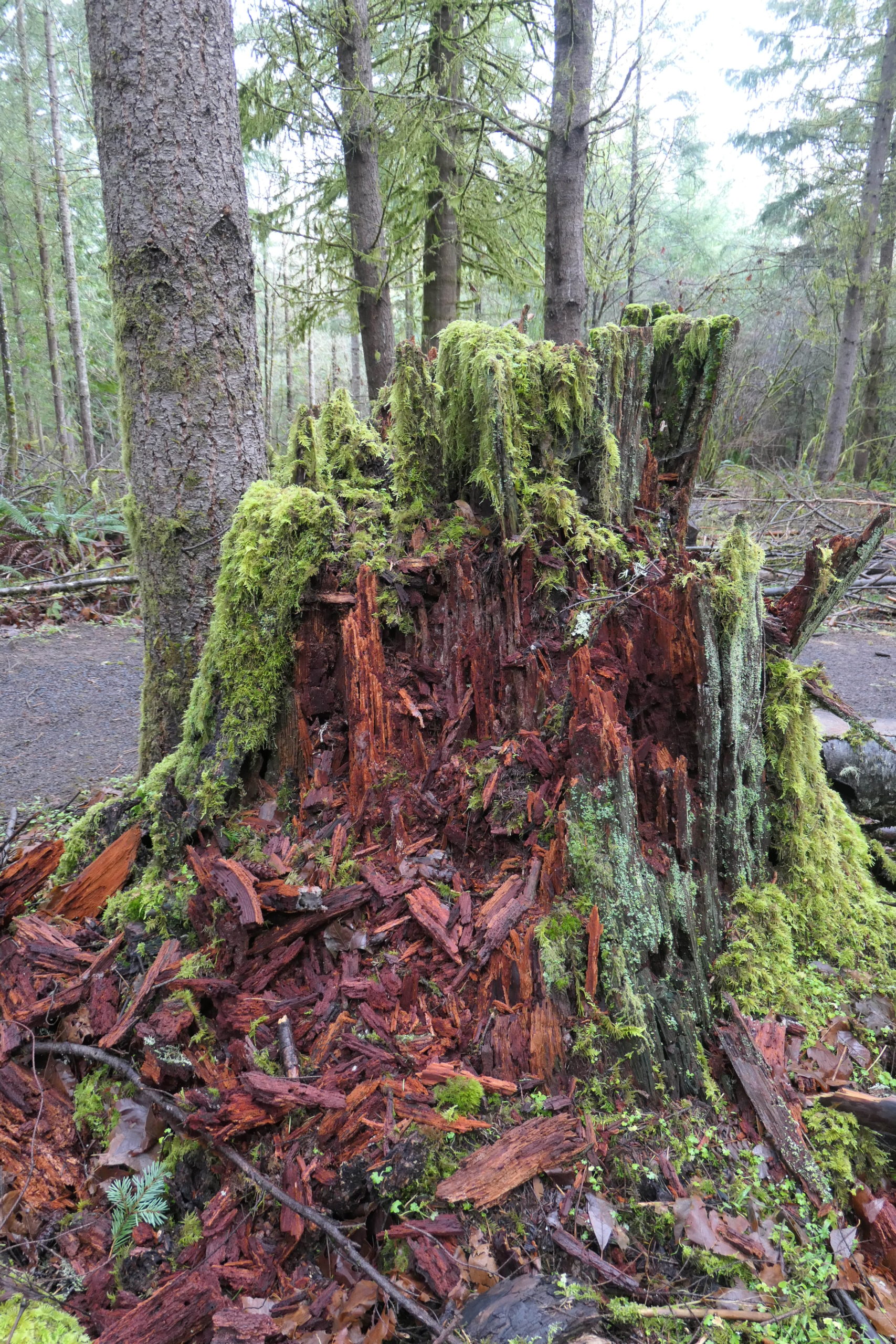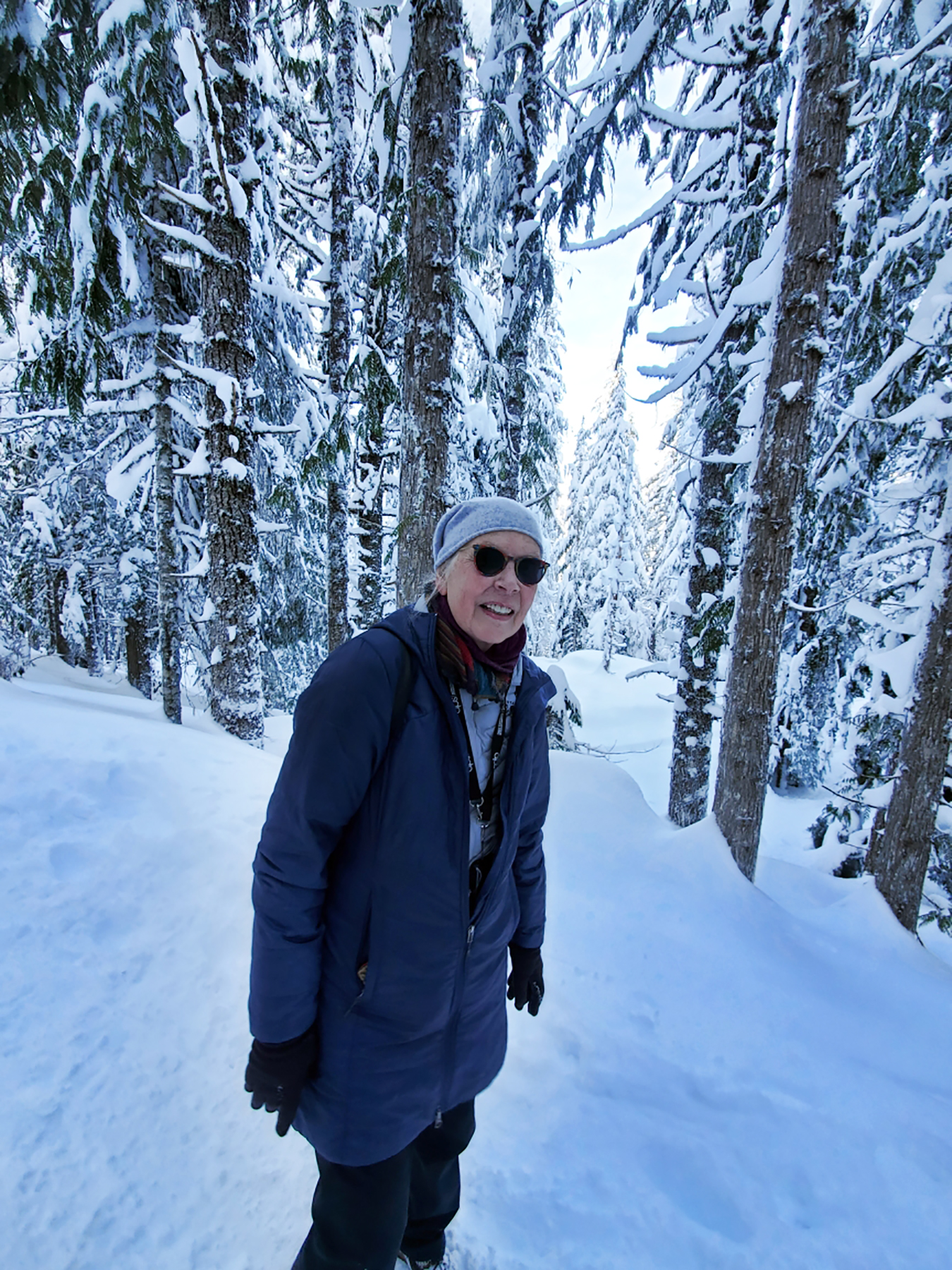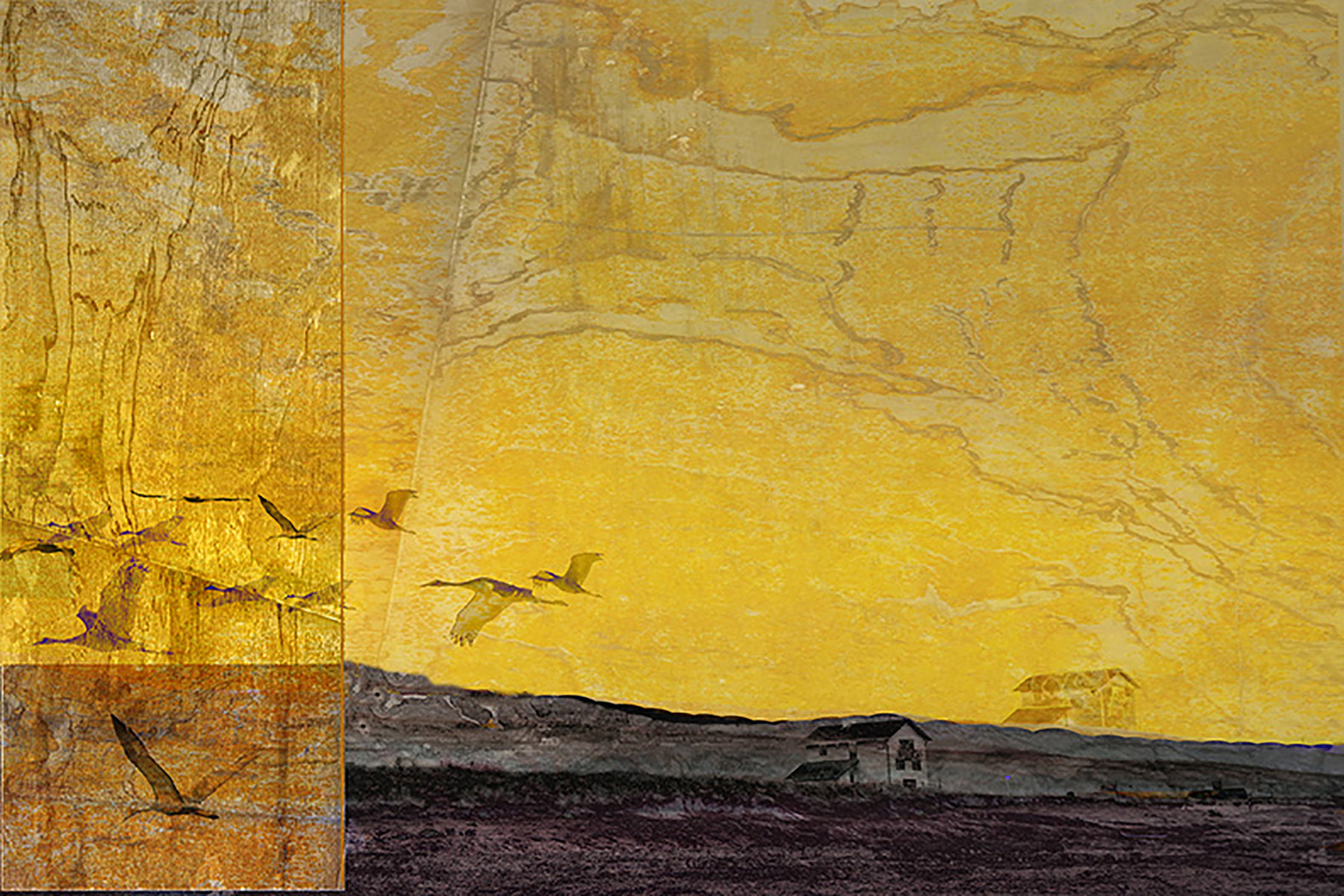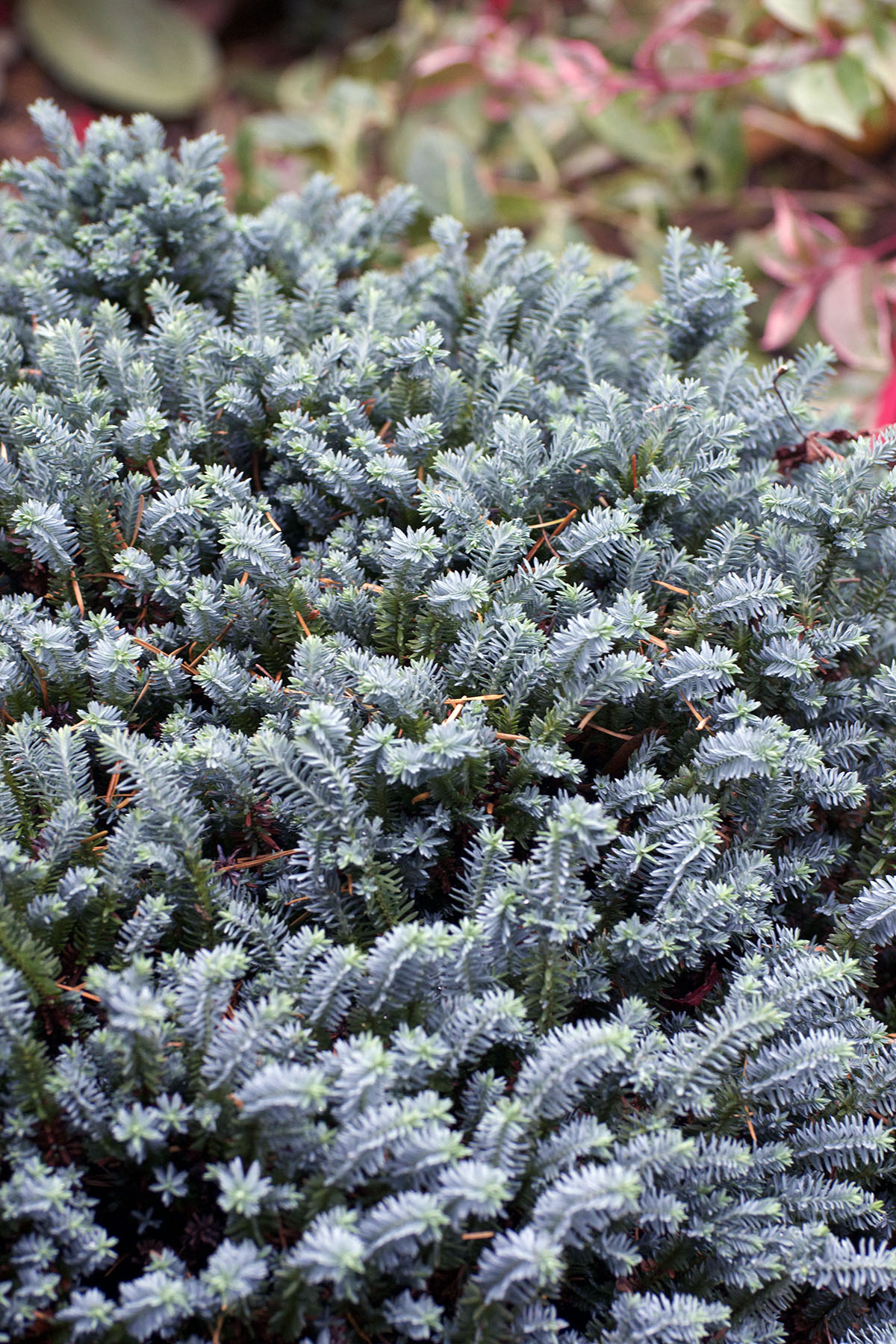The doves are back. Parading in front of my window, giving me stern looks that I have not put out any seed, puffing up when the cold breeze strikes. Next week is supposed to have 76 degrees one day, snow the other. Crazy.






The song sparrows are singing their little heart out, perched on my pear tree, about to blossom.


The wood violets are exploding.

The trillium are in full swing.



Maple and elderberries are stretching to the light.


Bluebells hiding in the shadow.

And importantly, the bleeding hearts are back. Just around the corner, clusters in the woods.

These are wild flowers, Pacific Bleeding Heart (Dicentra Formosa,) not the cultivated ones that you find in English cottage gardens (shown below).

There’s a somewhat timely story as to how the name, Bleeding Heart, got transformed into an insult along the lines of “such a bleeding heart liberal…”
As early as the 14th century, the phrase referred to a sincere emotional outpouring, found in poems by Chaucer, for example (Troylus and Chriseyde):
That nevere of hym she wolde han taken hede,
For which hym thoughte he felte his herte blede.

Later, so Merriam-Webster dictionary tells me, the term was associated with religious iconography, referring to the bleeding heart of Christ. It was connected to his teachings and compassion for the poor, sick or struggling.

Leave it to a right-wing American newspaper journalist, Westbrook Pegler, a nasty Senator, Joe McCarthy, and a Republican President, Ronald Reagan, to turn a thought of brotherly love into an insult.
Pegler was a hater. The list was long: Communists, fascist, Jews, liberals. In the context of a new bill before Congress, he coined the term bleeding-heart liberal in 1938. The bill? Aimed to curb lynching.
Pegler argued that lynching was no longer a problem the federal government should solve: there had only been eight lynchings in 1937, he wrote, and “it is obvious that the evil is being cured by local processes.” The bill, he thought, was being “used as a political bait in crowded northern Negro centers.” (Ref.) He, by the way, became too right-wing even for the John- Birch -Society, which threw him out eventually.

The term found full attention when picked up by Joe McCarthy in the 1950s who called Edward R. Murrow one of the “extreme Left Wing bleeding-heart elements of television and radio.” Leave it to Ronald Reagan, then newly elected Governor of California, to make it his own in the 60s: “I was quite the bleeding-heart liberal once,” he told Newsweek.

Let’s co-opt the term! I am a proudly caring, compassionate, social-justice oriented bleeding-heart progressive! There! The world needs us.
Oh, and the lynching bill? Finally, passed this March after a century or so. It failed on 200 (!) previous attempts. The Emmett Till Antilynching Act, which was introduced by Rep. Bobby L. Rush (D-Ill.) in the House and Sens. Cory Booker (D-N.J.) and Tim Scott (R-S.C.) in the Senate, is named for the 14-year-old Black boy whose brutal torture and murder in Mississippi in 1955 sparked the civil rights movement. The three no votes: Republican Reps. Andrew S. Clyde (Ga.), Thomas Massie (Ky.) and Chip Roy (Tex.) Glad they were not on the jury during a contemporary lynching victim’s trial, Ahmaud Arbery.
(Sacral) Music is from 18th Century Ukraine today.

